CUBESAT CHALLENGE
Date: September 28-29, 2024 Location: Sunway International Schools, Kuala Lumpur Event Time: 9.00 AM - 4.00 PM

Why the CubeSat Challenge?
- Meet and work with expert educators, Scientists & Astronauts
- Design a CubeSat that can be launched to the edge of space!
- Team working & soft skills training & workshops
- Learn critical 21st Century skills including coding, design thinking & innovation
- Contribute to real scientific experiments and mission goals
- Find solutions to the world's most pressing issues
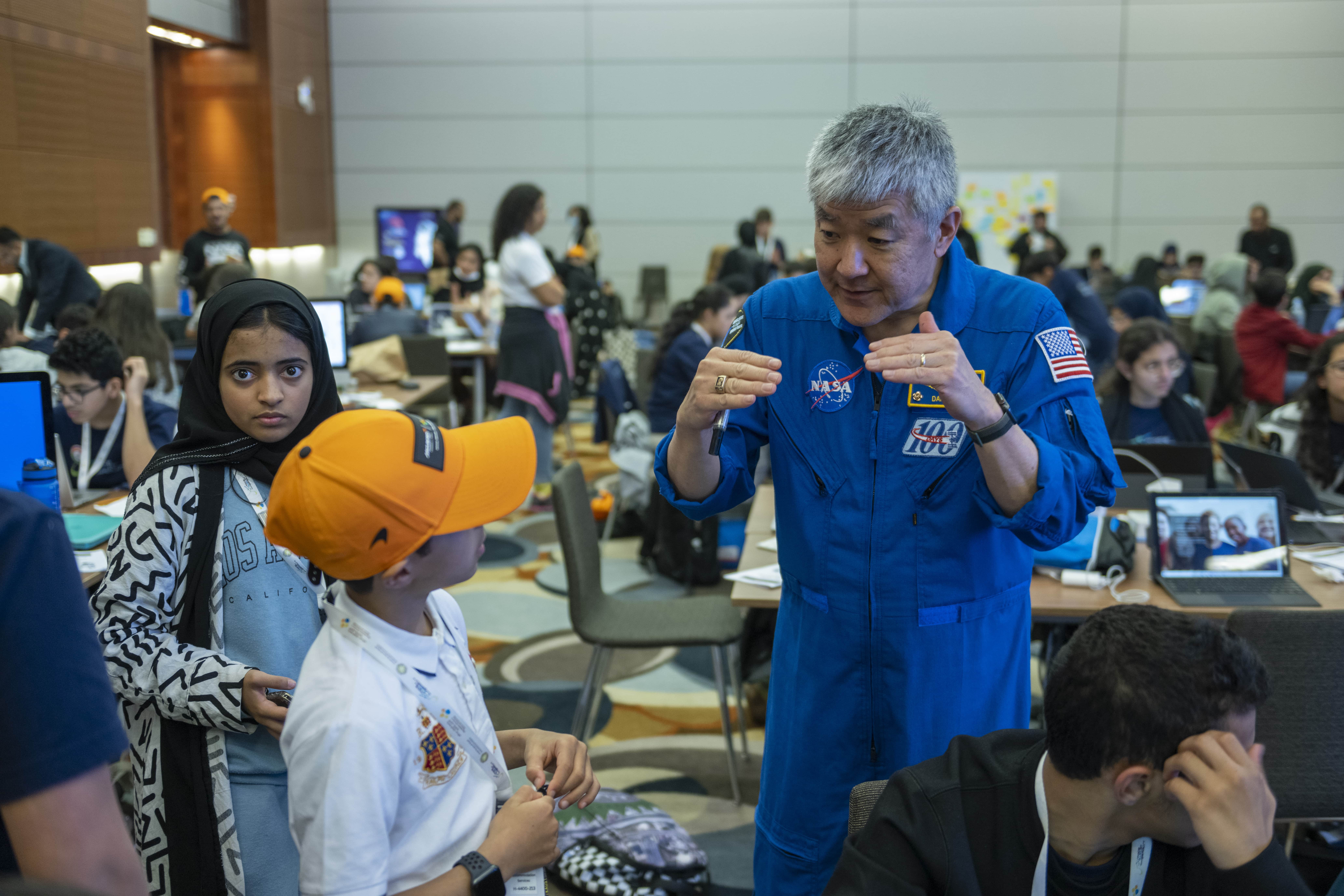
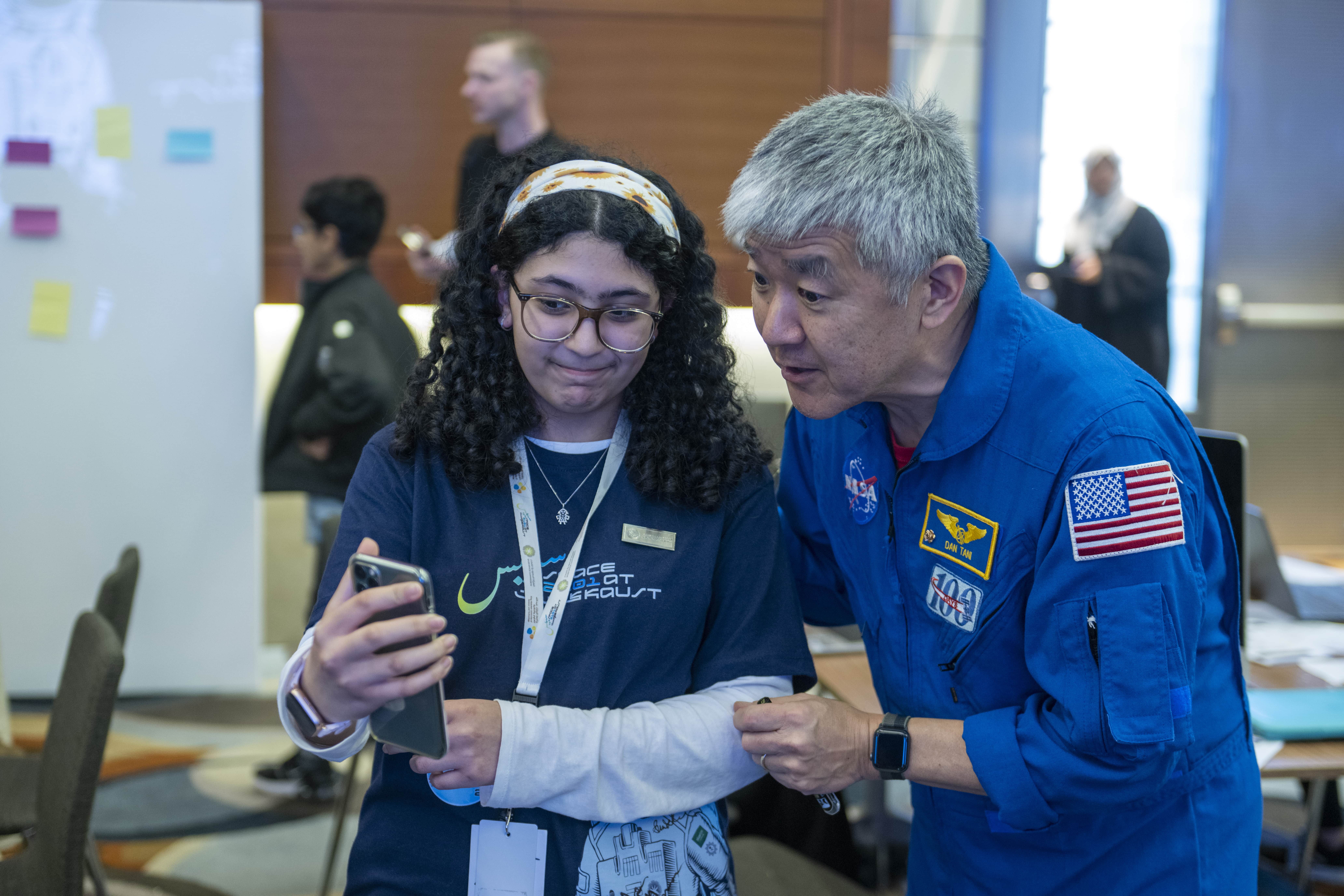
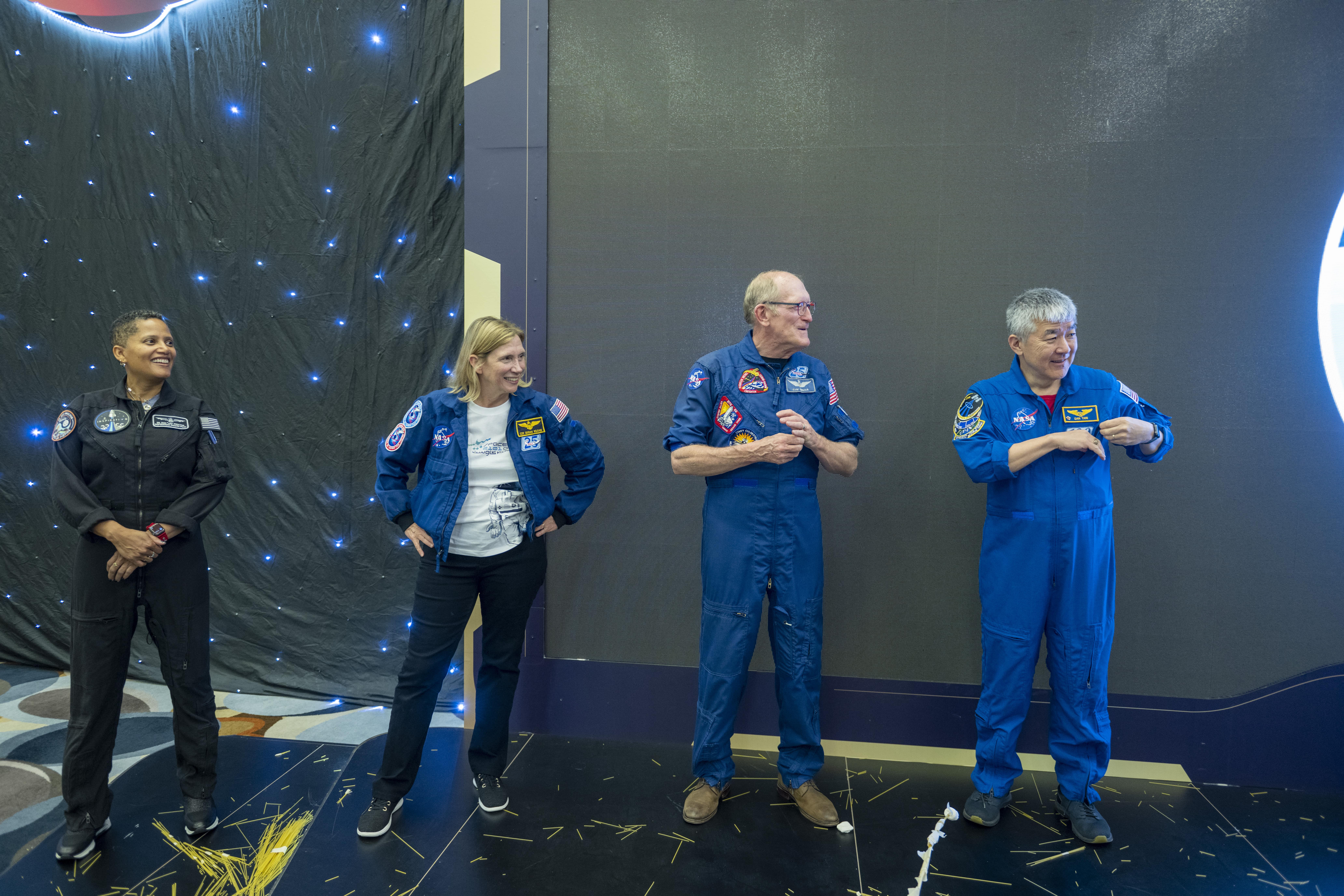
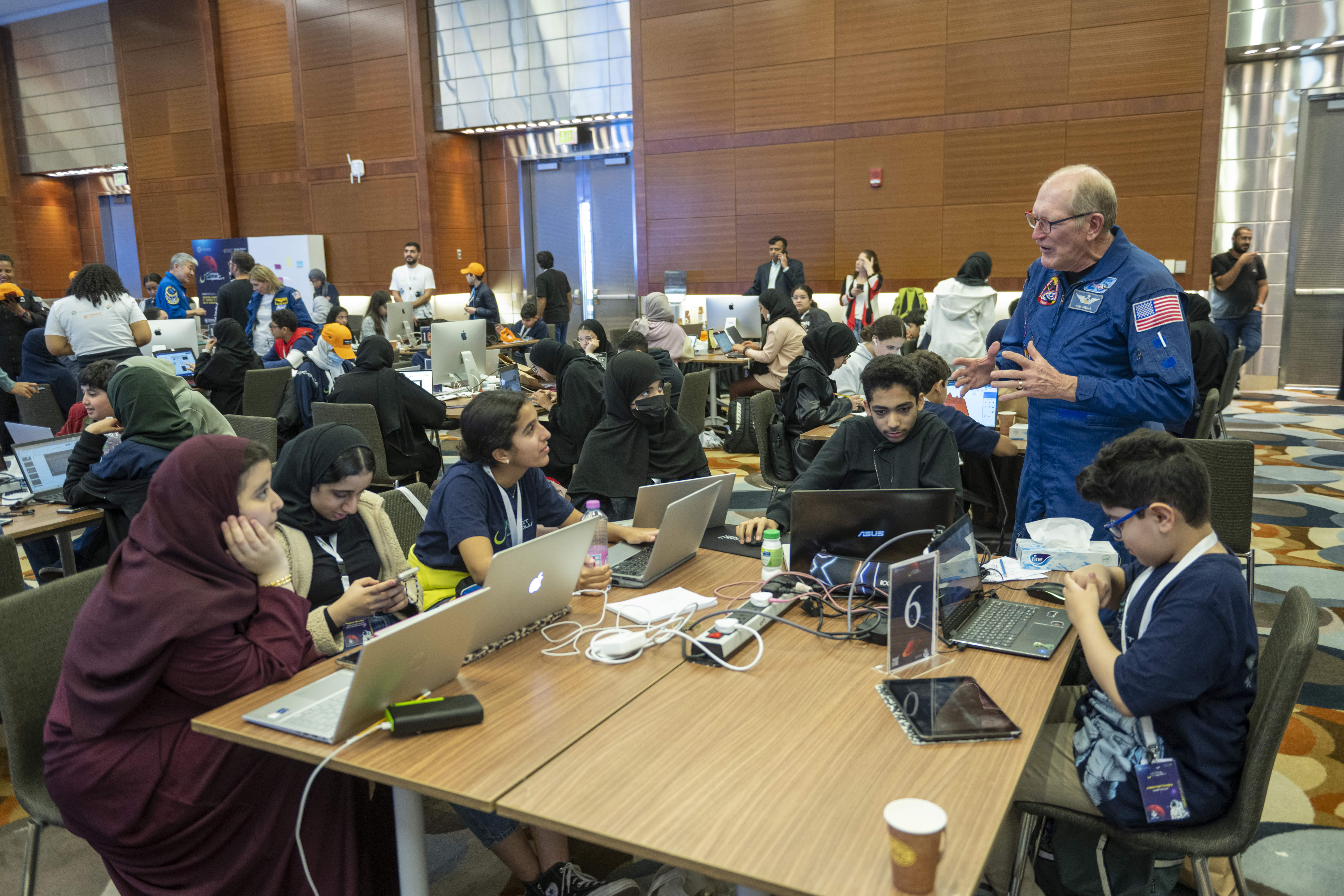
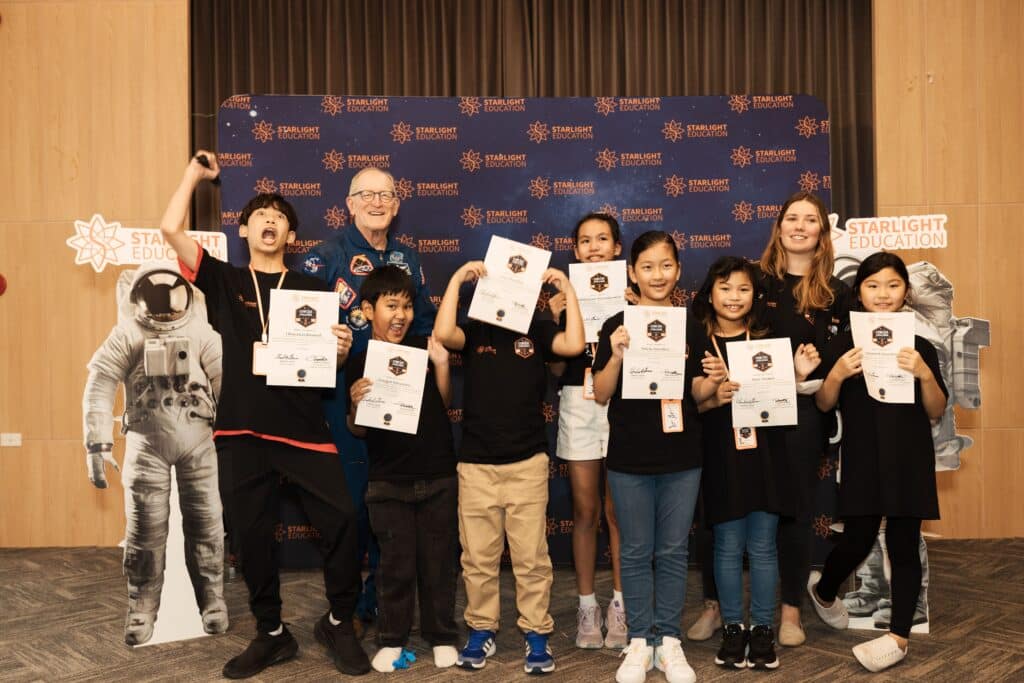
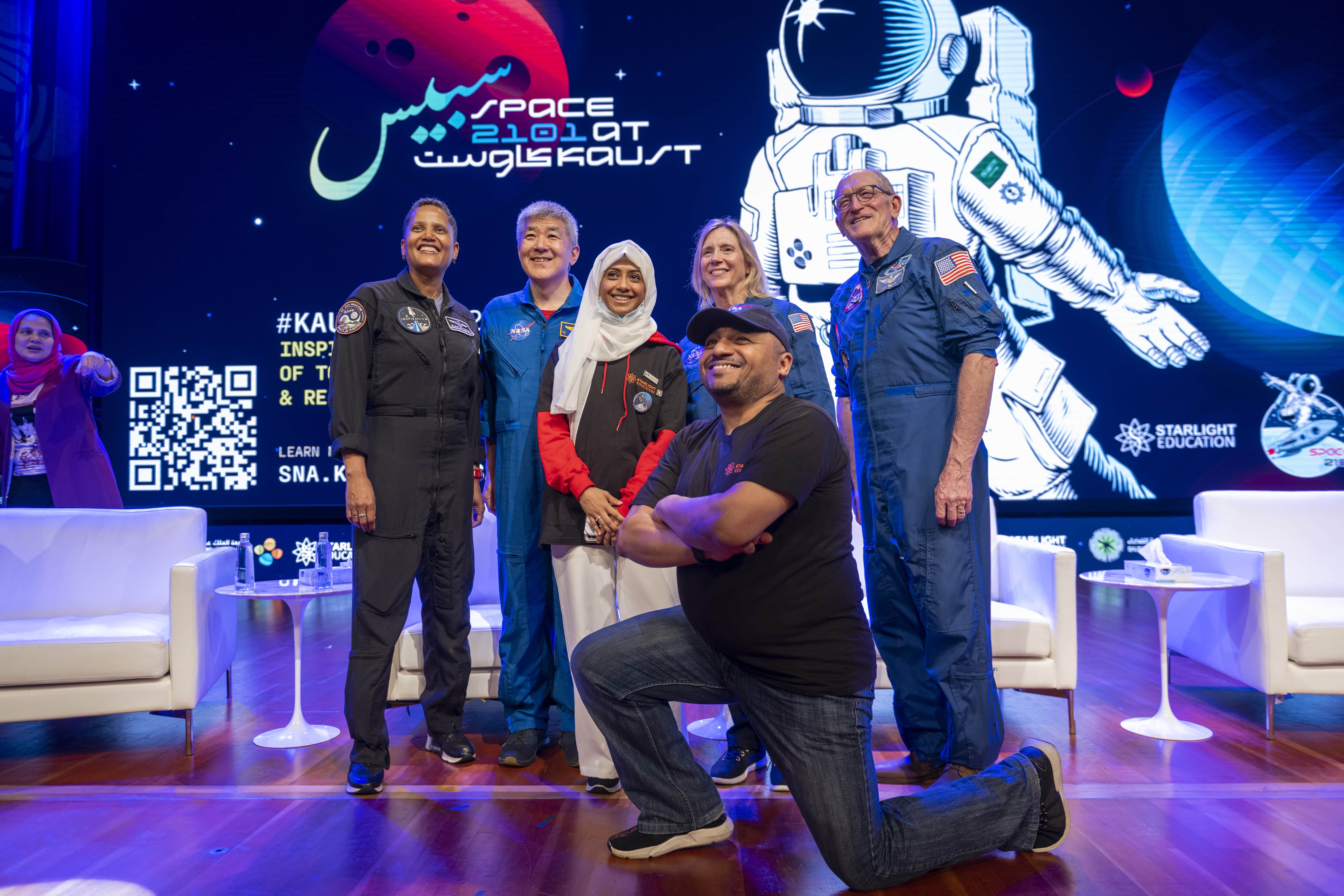
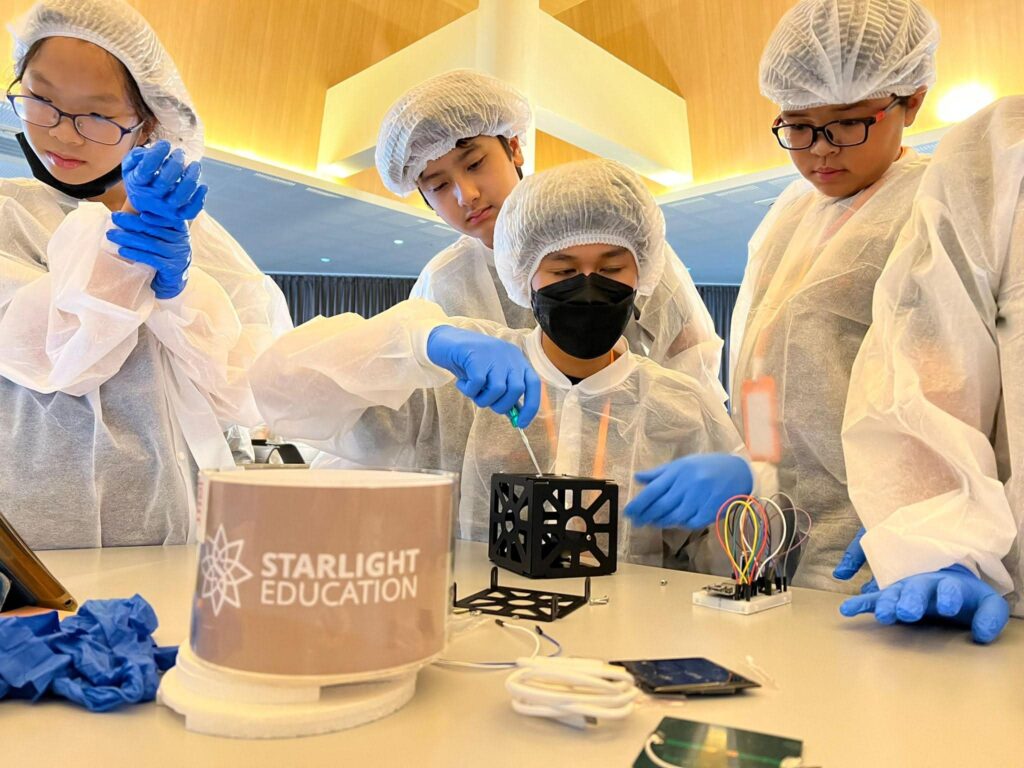
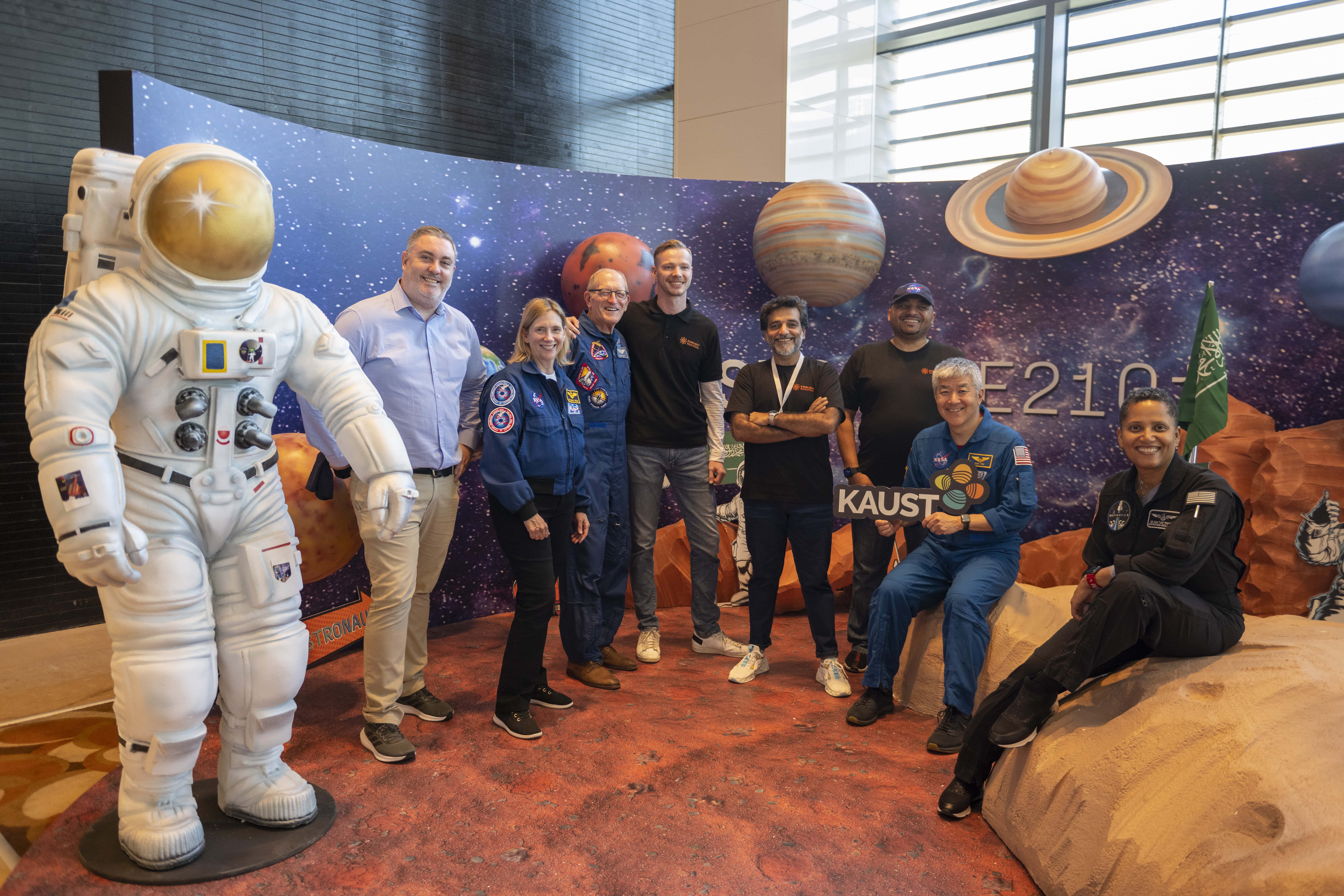
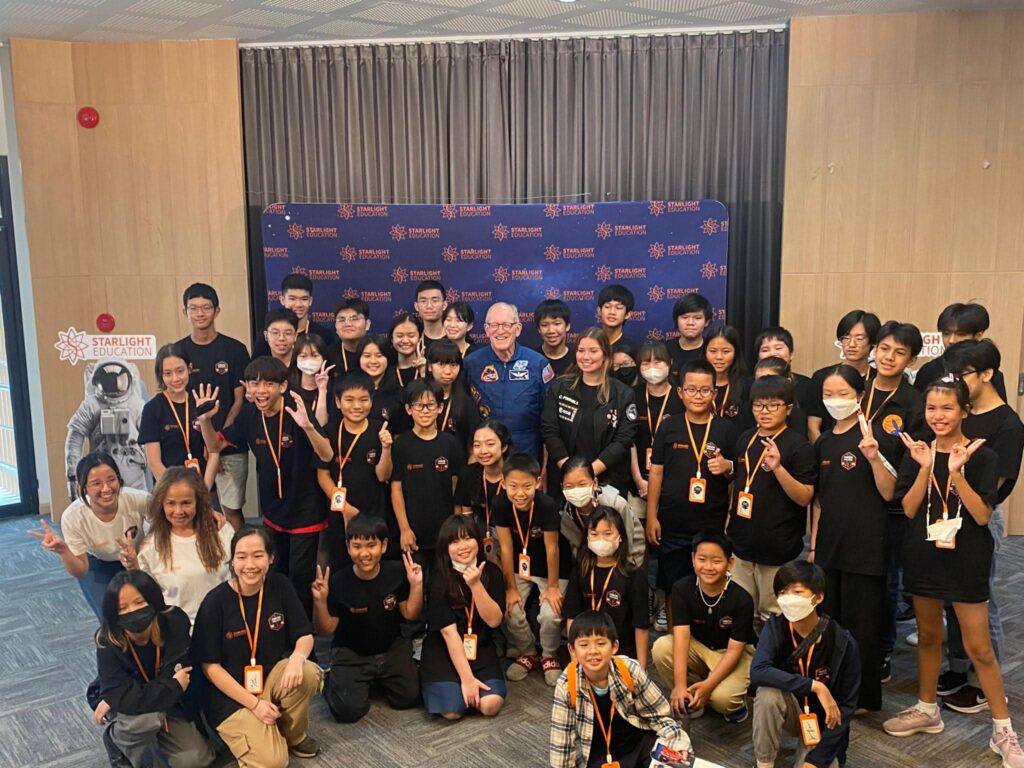
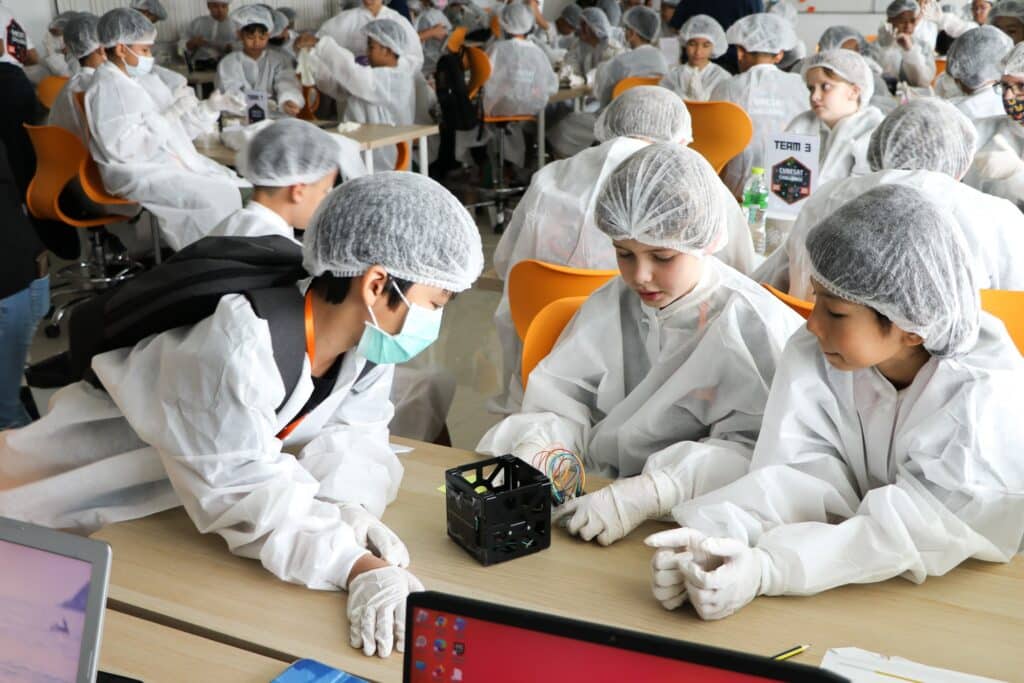
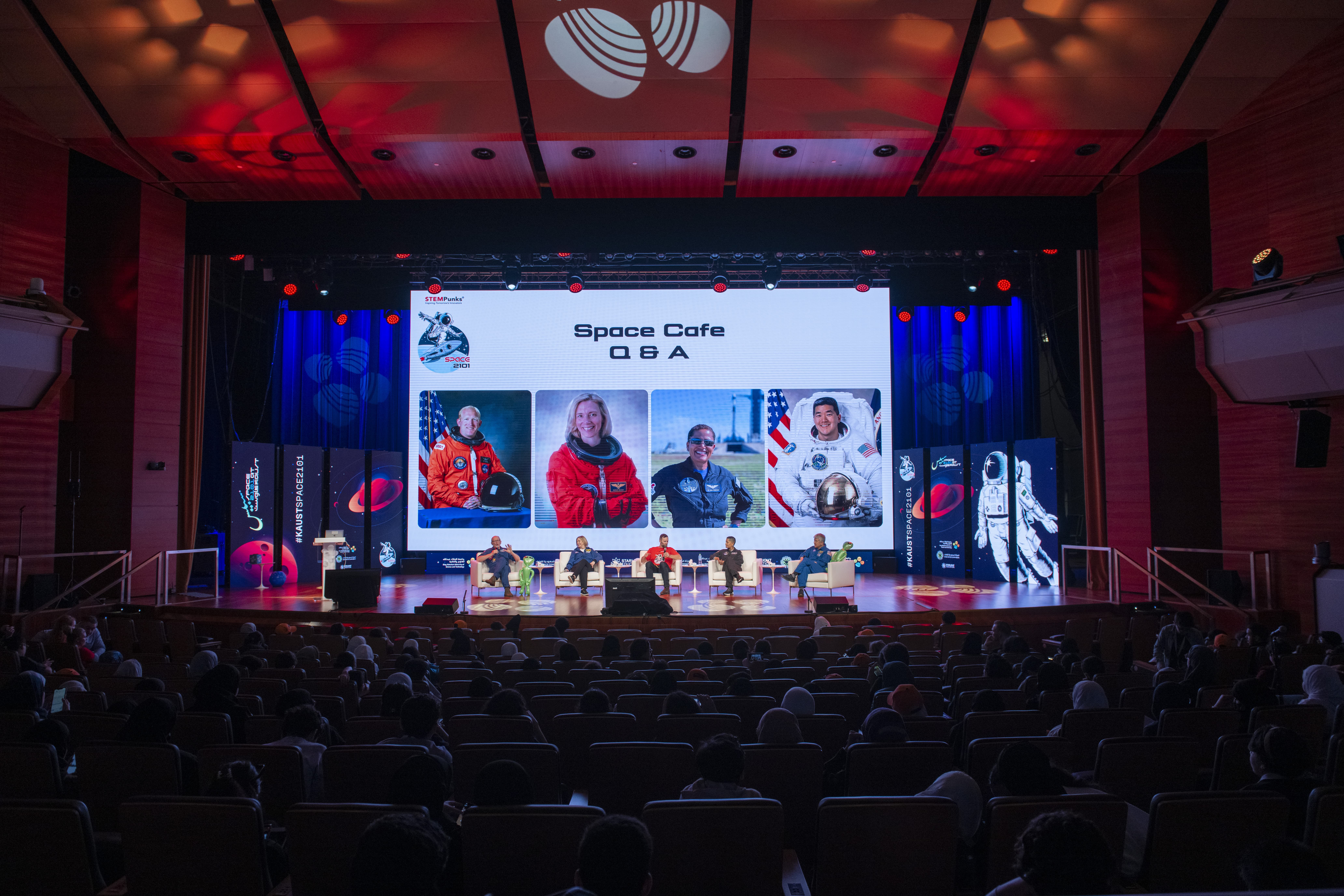
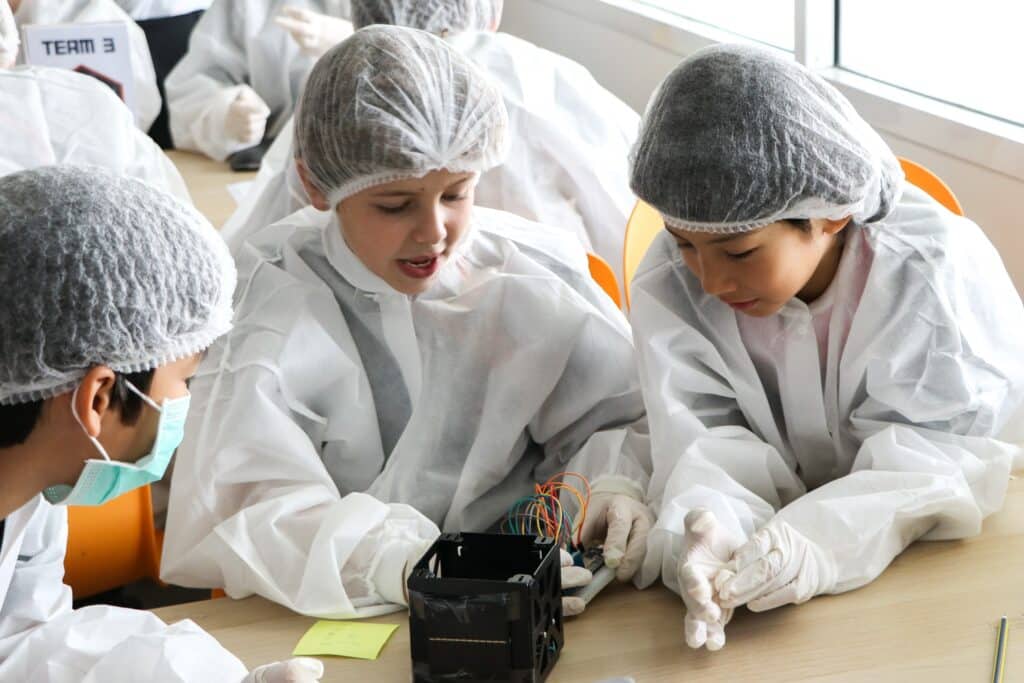

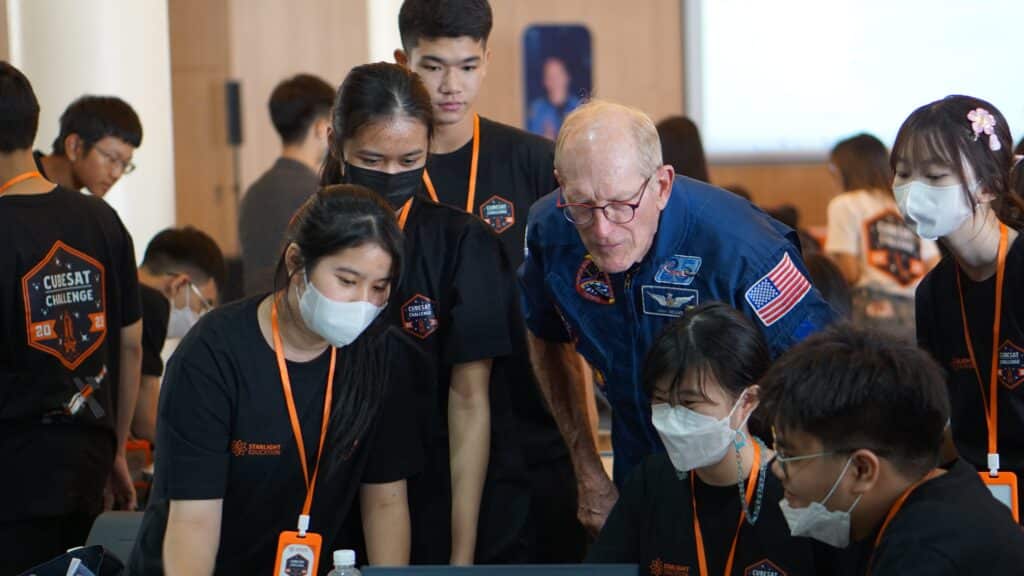
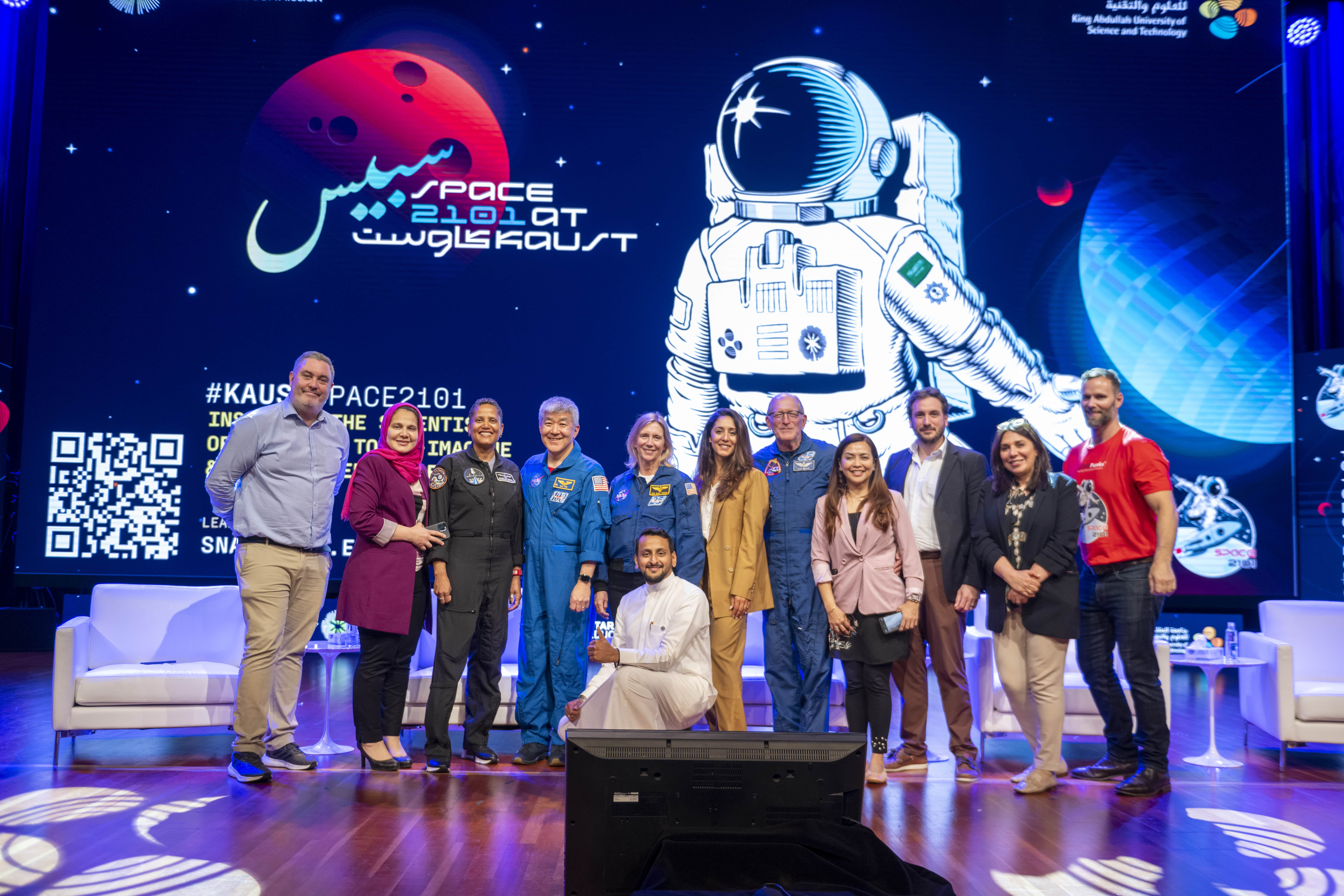
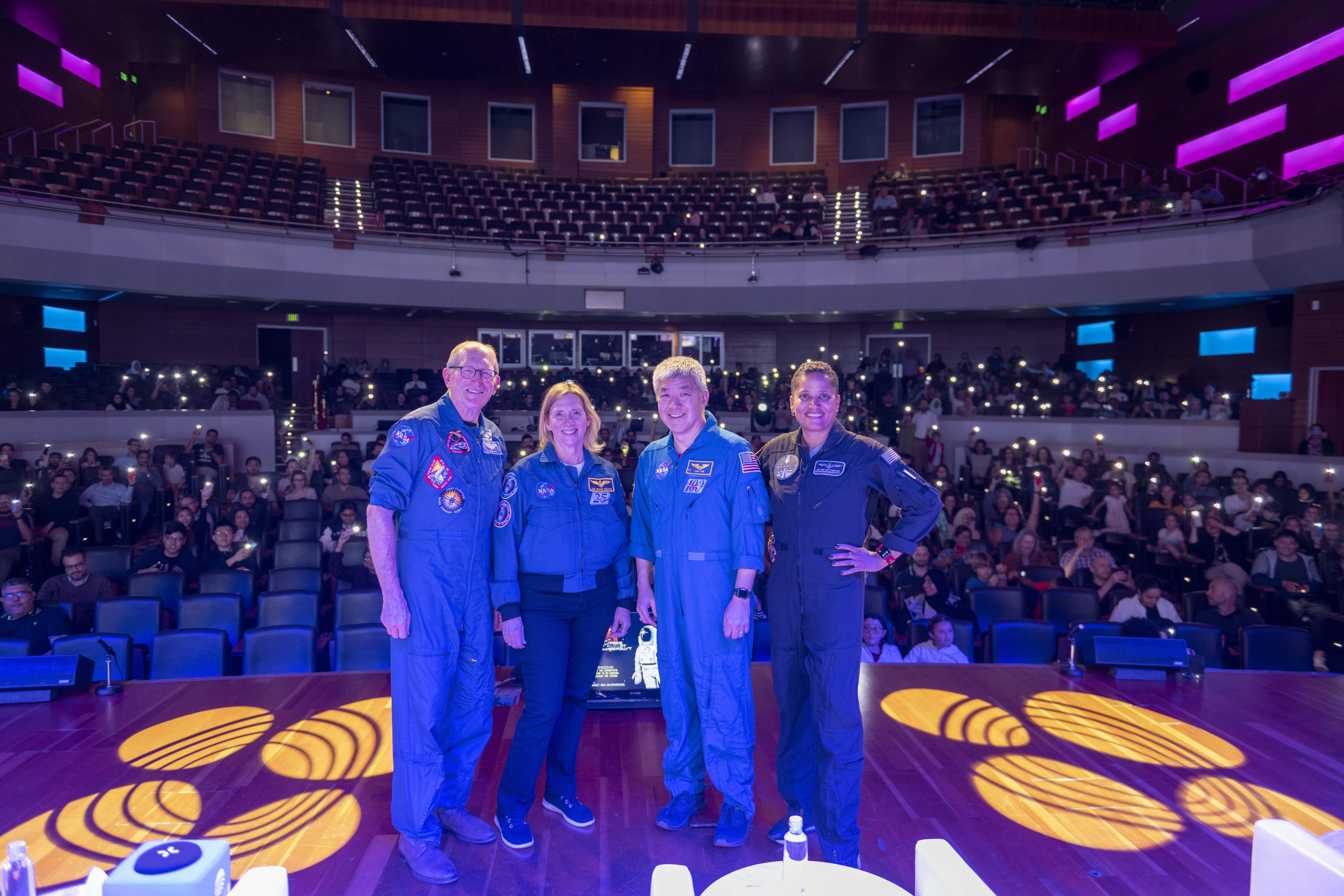
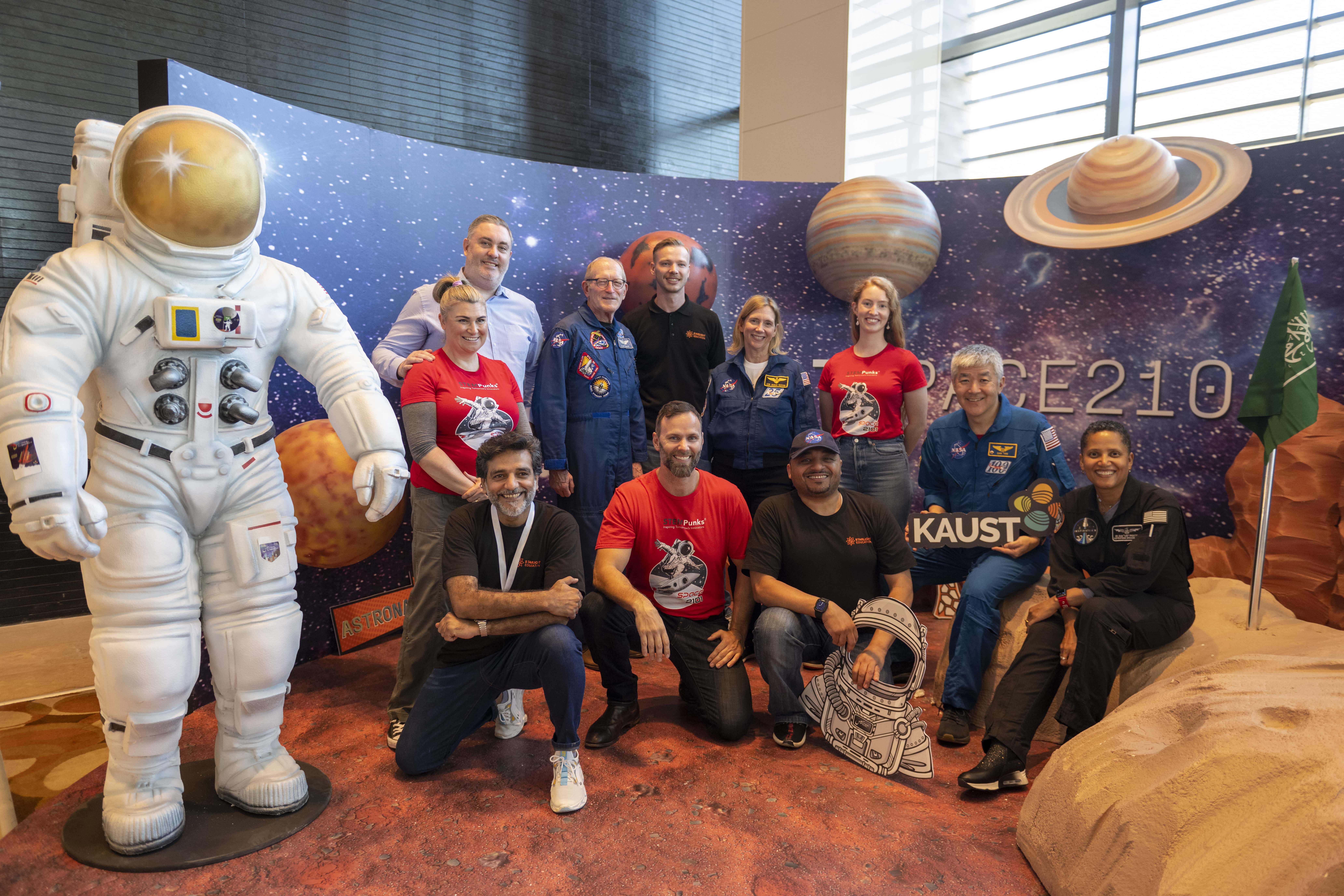
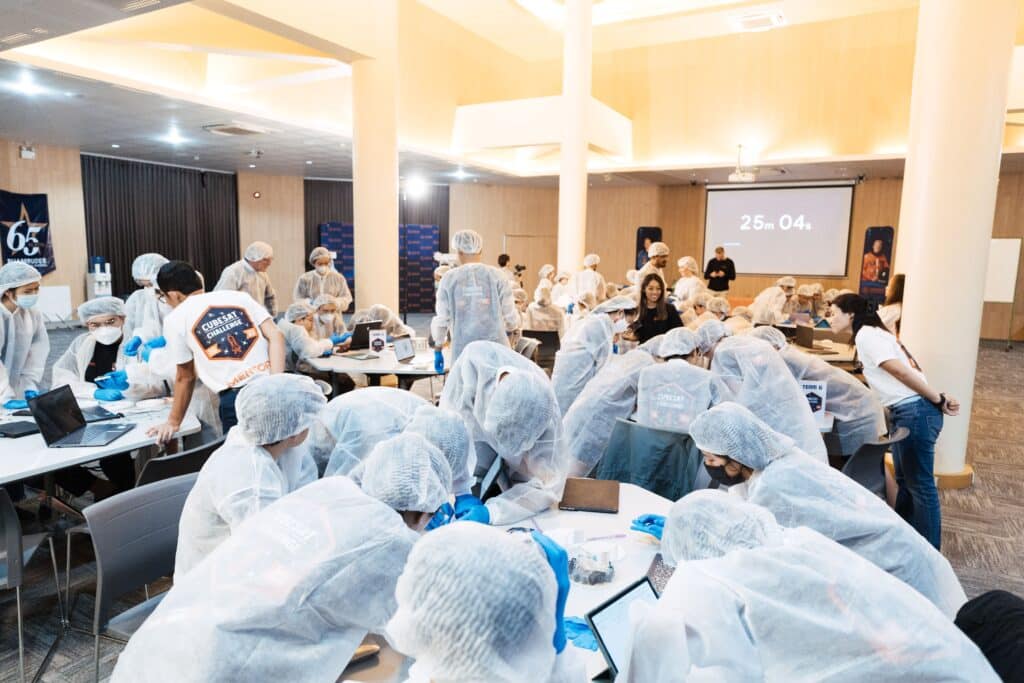
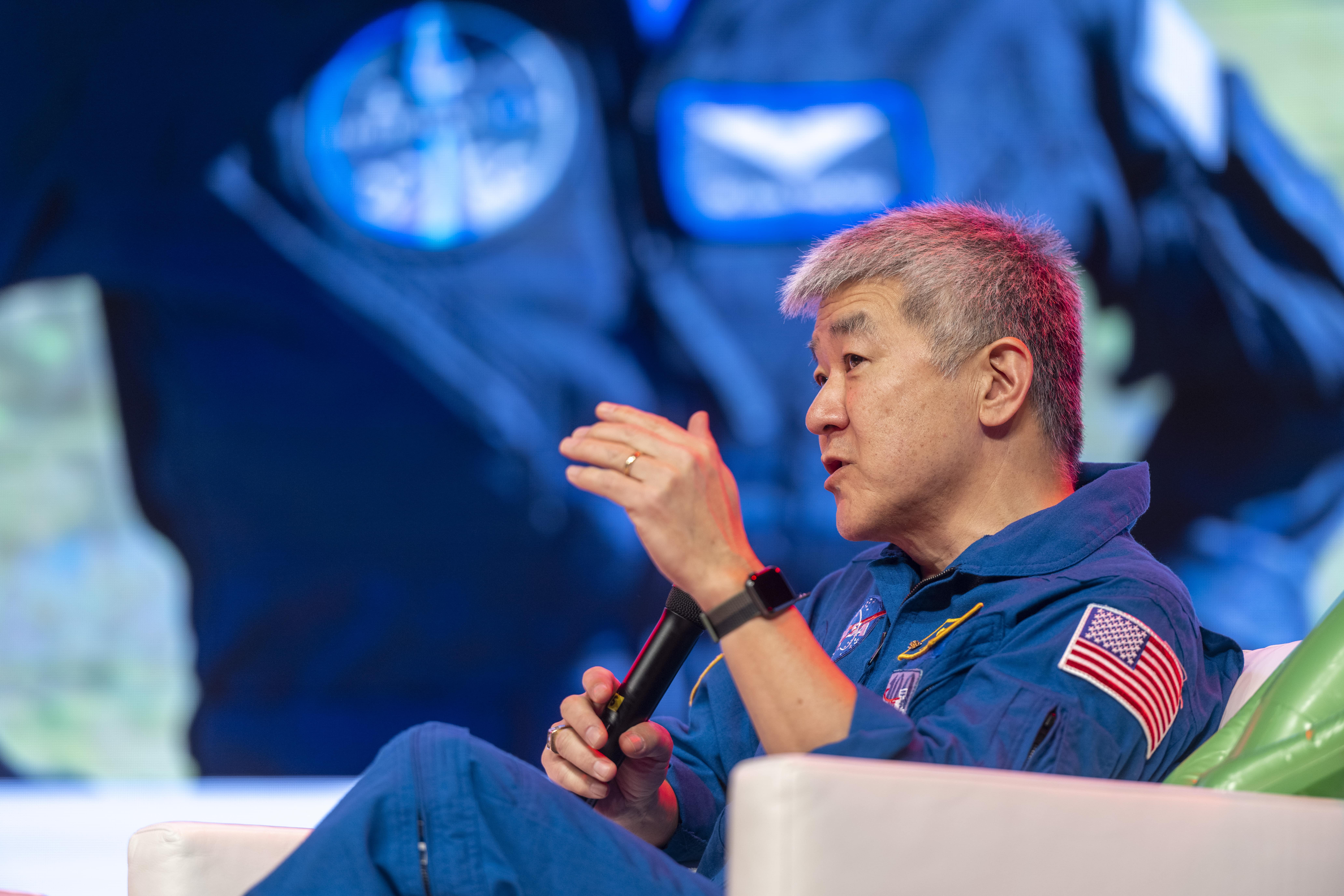
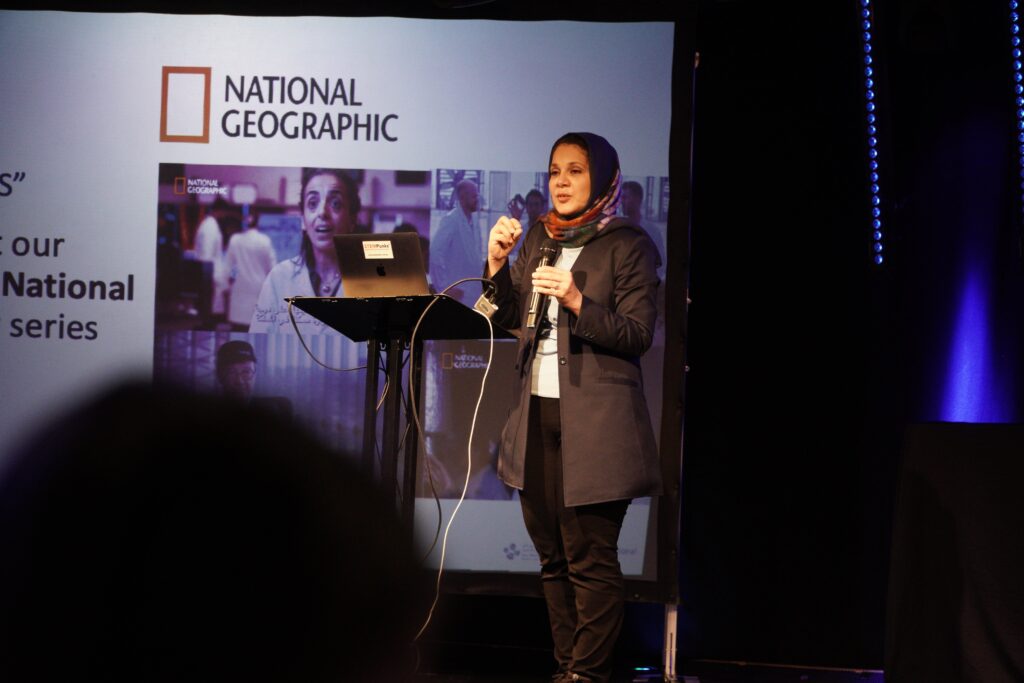
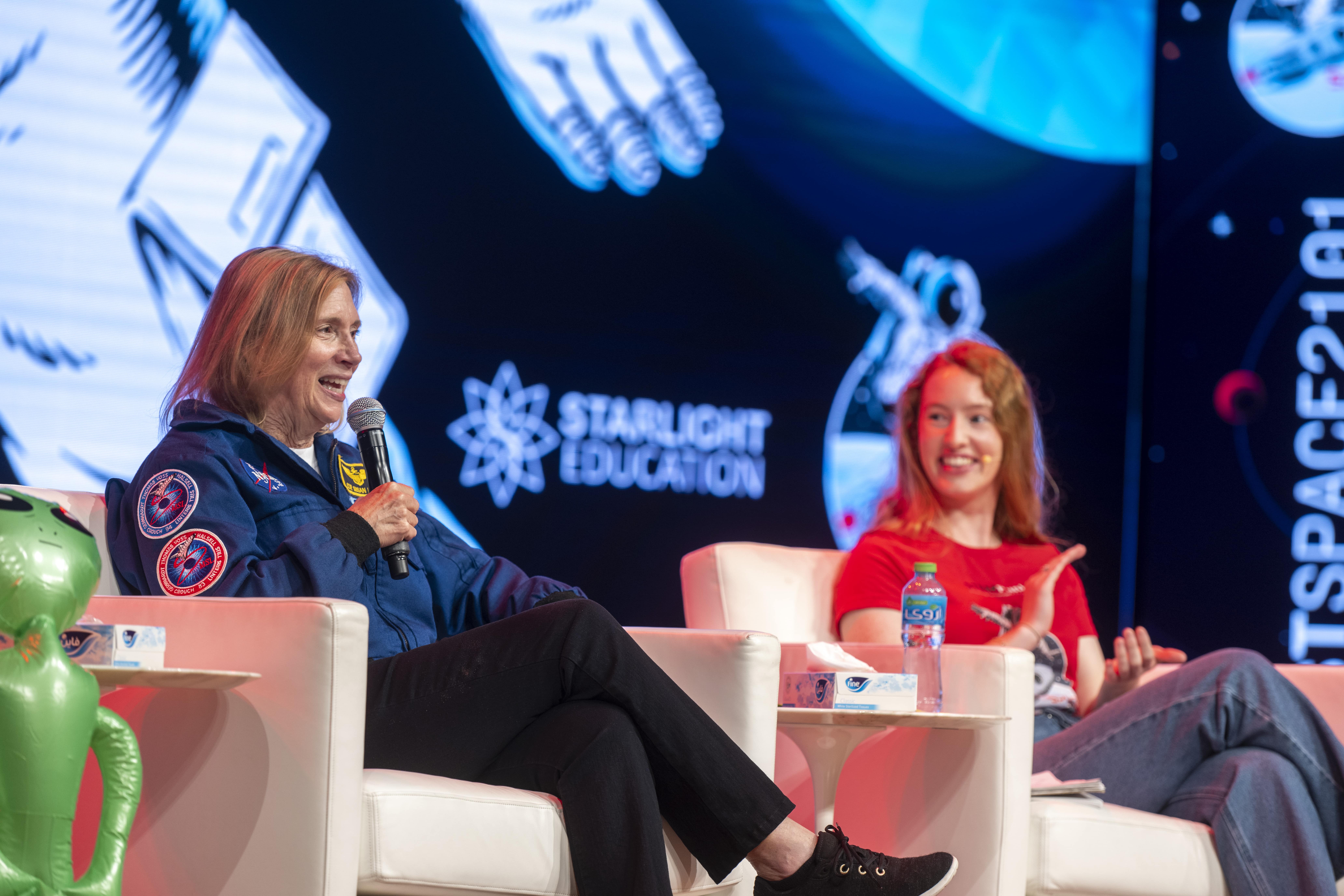
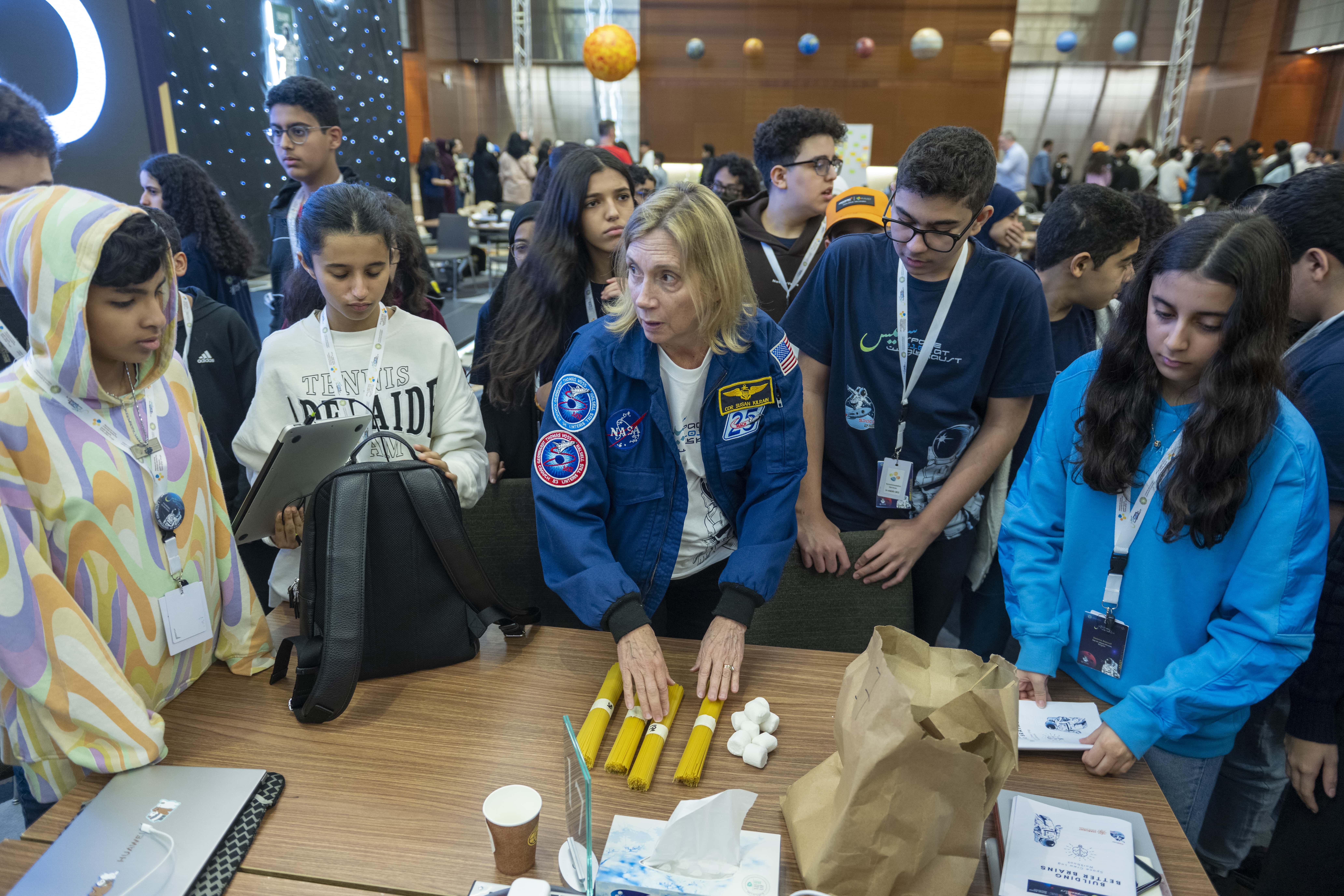
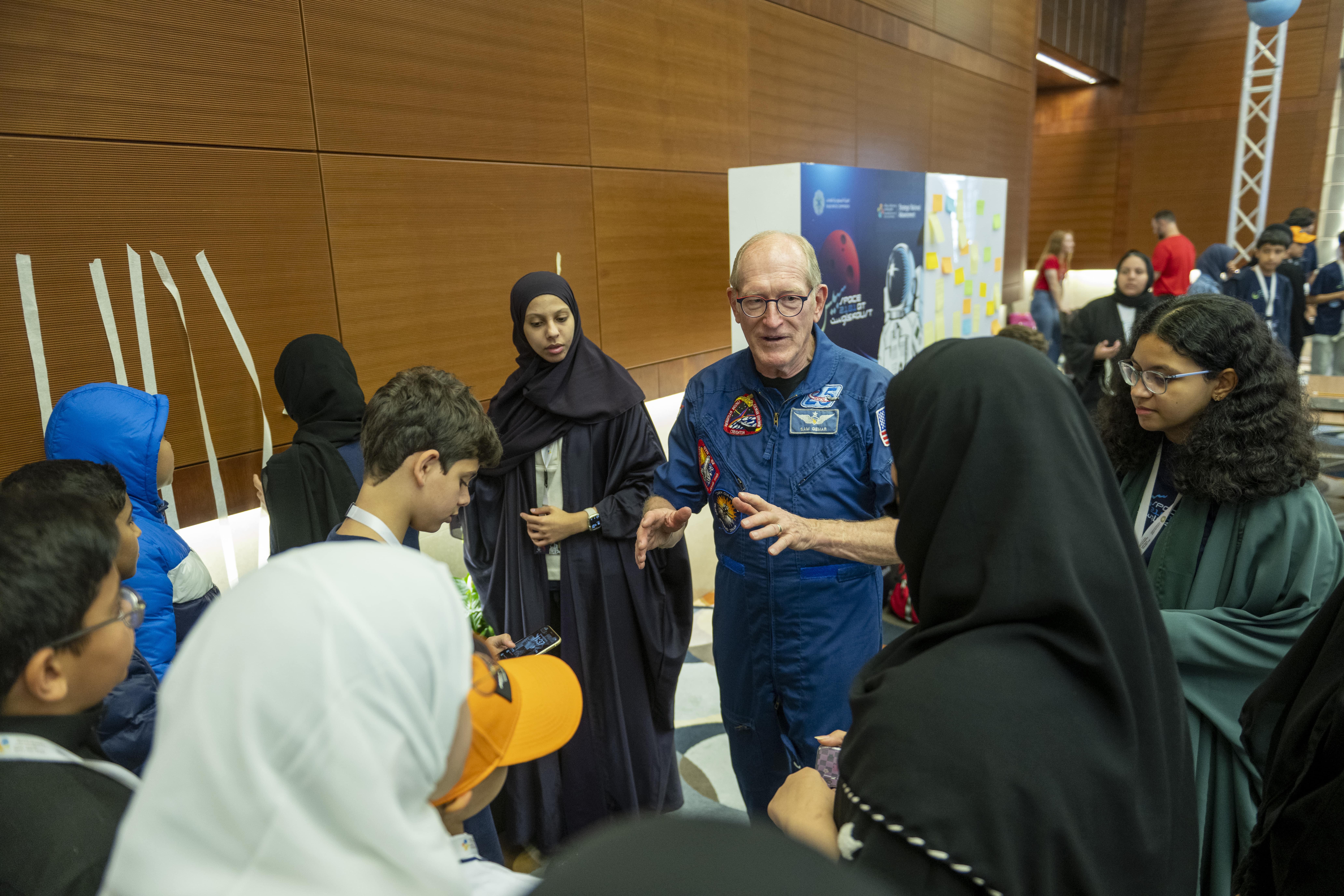
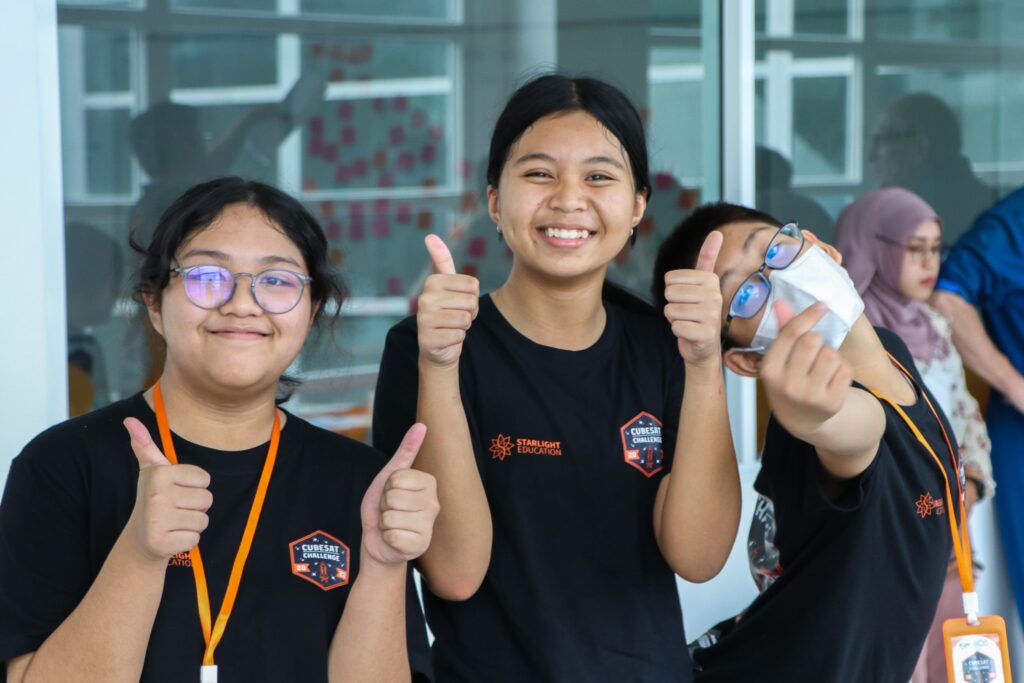


Malaysian Students Embark on a Space Adventure
Buckle up with Sunway International Schools (SIS) and prepare for lift off on an exhilarating adventure into the realms of Science, Technology, Engineering, and Math (STEM) as they bring the Cubesat Challenge to Malaysia for the very first time. Selected as the first Malaysian school to host the revolutionary camp in collaboration with Starlight Education, the Cubesat Challenge is a first-of-its-kind experiential….
Meet Our Ambassadors
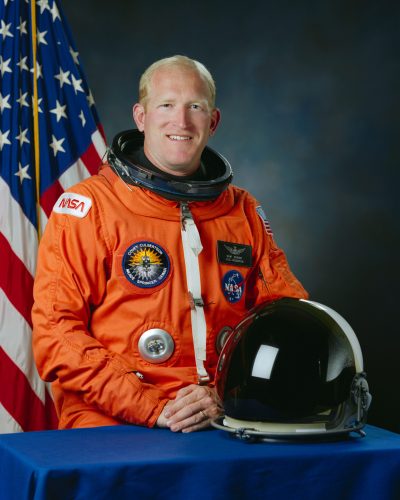
CHARLES GEMAR
ASTRONAUT
Charles “Sam” Gemar is an American former Astronaut and lieutenant Colonel in the United States Army. Charles has flown on 3 Space Shuttle Missions (STS-38, STS-48 & STS-62)
Read More
Charles has completed 385 orbits of Earth and over 581 hours in space. He has also served in different positions in NASA, including as a CAPCOM for Shuttle missions.
Education: BSc. Engineering
Awards & Honors
NASA Space Shuttle Columbia Mission – STS-38
NASA Space Shuttle Columbia Mission – STS-48
NASA Space Shuttle Columbia Mission – STS-62
Defence Superior Service Medal
Defence Meritorious Service Medal
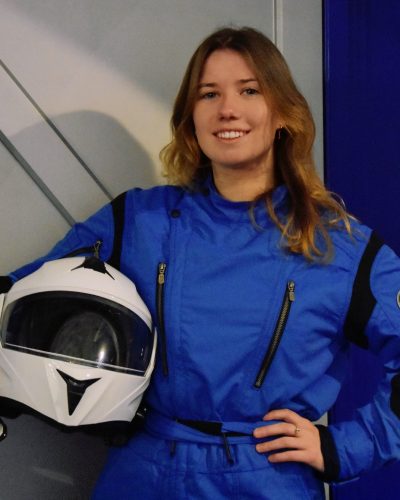
Charlotte Pouwels
ANALOGUE ASTRONAUT
Charlotte Pouwels is a dutch physicist with a specialization in space radiation and plasma thrusters for CubeSats (Australia). She has a wide experience and background in research about future habitats on extra-terrestrial bodies and space exploration.
Read More
Charlotte has a lot of passion, discipline and motivation for space, humanity and life on Earth itself. She is an advanced wreck diver and likes to boulder, travel, play chess and ride a motorcycle.
In 2019 she became an analogue astronaut for the ESA EuroMoonMars IMA ILWEG EMMIHS-II mission at HI-SEAS (Hawai’i, America). She worked among others for the project Food for Mars and Moon and the reactor institute in Delft (RID), focussing on the Martian radiation influences on plants that grow on Mars simulant soil.
In 2019 she also became a STEM promoter and educator to inspire the next generation to go beyond their limits. In addition, she and a team from EuroMoonMars have launched the CHILL-ICE project “Construction of a Habitat Inside a Lunar-analogue Lava tube – ICeland EuroMoonMars”. Where they focus on an emergency situation on the Moon, where astronauts need to set up a deployable habitat inside a Lava Tube within an 8 hour EVA.
Previous Camps
CubeSat Challenge Space2102
KAUST 2024, Saudi Arabia
CubeSat Challenge
BCIS Phuket 2023, Thailand

CubeSat Challenge Singapore 2024
Singapore Marina Bay Sands
Cubesat
Challenge

Day 1 : 9.00 AM - 4.00 PM
Registration and welcome
Expectations, Program and Team Introduction
Astronaut Talk: Human Space Exploration
Introduction to the CubeSat
Space Talk: CubeSat Concept
Students Hands on Activity: CubeSat Simulations
Introduction to CubeSat Mission Guide
Introduction to the basic electronics
The CubeSat Bus
Day 2 : 9.00 AM - 4.00 PM
Astronaut Talk: Collaboration and space missions
Analogue Astronaut Talk: Satellite Testing
Assemble the CubeSat electronics
Final Cubesat Assembly, Payload Integration and Data collection
Closing and Q&A

Event Details

We additionally provide a residential option which encompasses not only the Cubesat Challenge ticket but also a five-night stay at a luxurious four-star resort in Phuket, inclusive of transportation to and from the hotel, and dinner. Feel free to reach out to us for further information regarding this customized package designed to enhance your convenience and comfort.
Tickets are limited, book now!
Price
Day Ticket: 699 RM Fully inclusive: All course materials, lunches and refreshment
Have Questions?

contact@starlight-education.com


